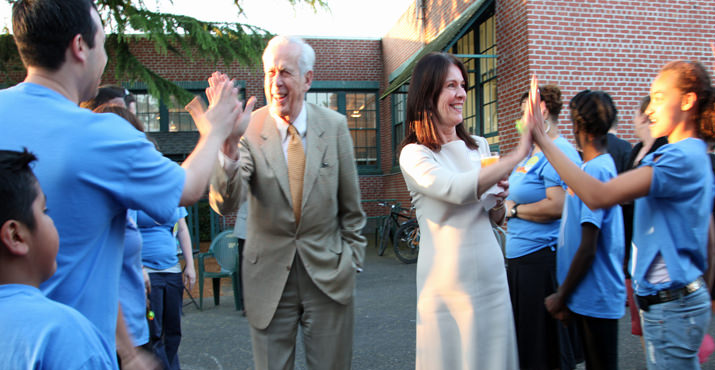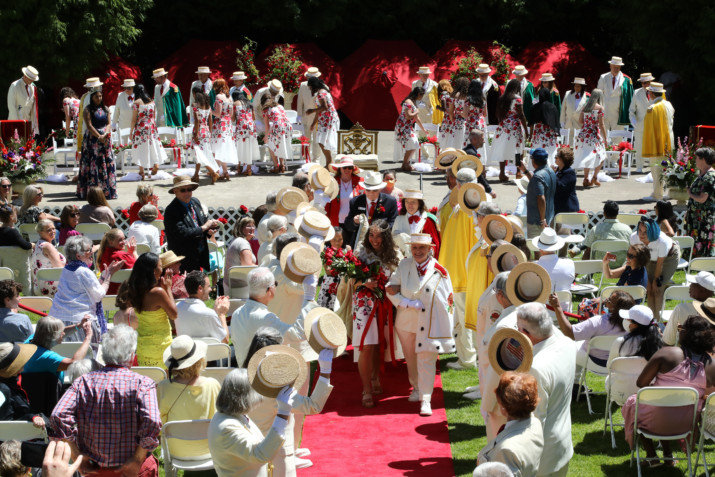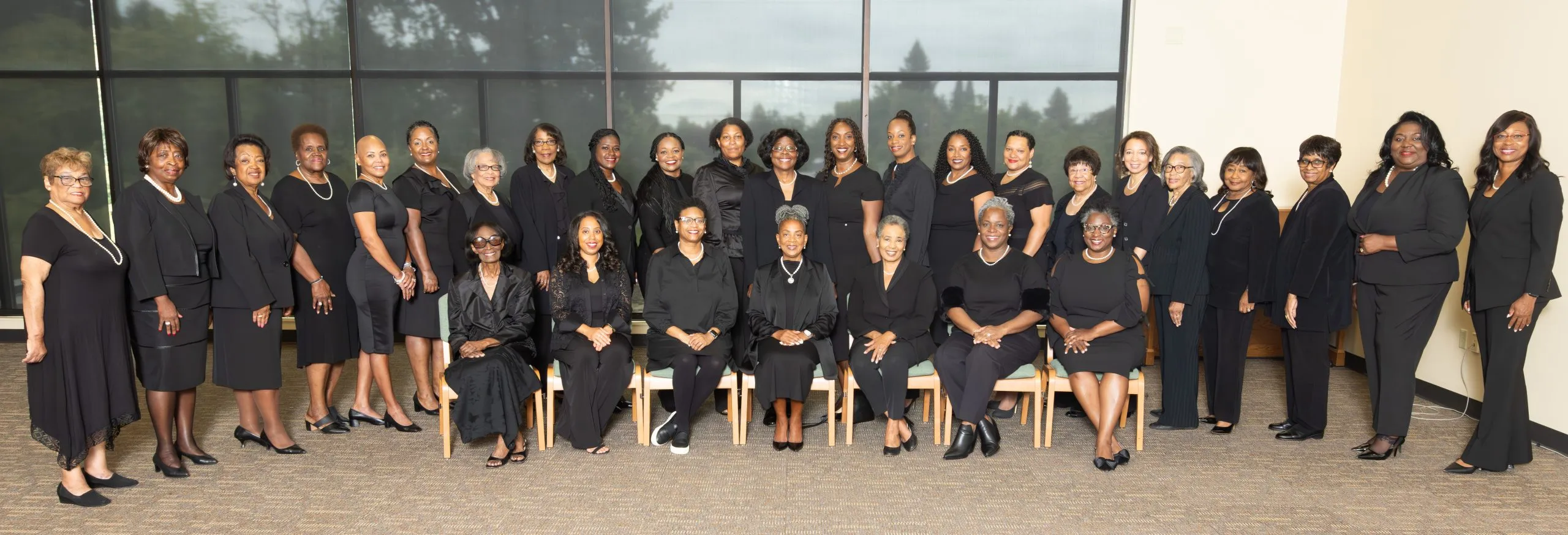Portland, October 31st. A report, written and researched by the Center on Philanthropy at Indiana University and released by Bank of America shows the following:
In 2011, high net worth households were most likely to give to education (79.6 percent), basic needs (79.3 percent), and arts and culture (68.8 percent). By comparison, the nonprofit categories receiving the largest proportion of all high net worth dollars included education (27.6 percent), giving vehicles (23.4 percent), and religion (12.6 percent). In addition, in 2011, high net worth donors focused their largest gifts on religious organizations (35.9 percent) and organizations involved in education (25.0 percent), followed by organizations focused on health (8.2 percent).
Click here to see to the whole report.
According to the research, as in previous years, high net worth households revealed a strong commitment to charitable causes in 2011. That year, 95 percent of high net worth households donated to at least one charity. This figure is in contrast to the approximately 65 percent of the general population who give.1 The percentage of all high net worth households that gave in 2011, however, decreased from its peak of 98 percent in 2009.
The rate of volunteering by high net worth individuals continues to grow. In 2011, 89 percent of high net worth individuals volunteered, up 10 percentage points from 2009. Over one-third (35.1 percent) of these individuals volunteered more than 200 hours in 2011.
High net worth individuals were most likely to volunteer on their own (78.5 percent), rather than with family, friends, or coworkers in 2011. In addition, these individuals were most likely to have served on a nonprofit board (60.6 percent) or to have spent time on board-serving activities (an average of 144.6 hours) compared with other volunteer activities.
In general, high net worth individuals who volunteer tend to give to charity more often than those who do not, and high net worth individuals who volunteer more tend to give more. However, there are exceptions. In 2011, high net worth individuals who volunteered 101 to 200 hours gave the highest average amount at $95,868, while those who volunteered more than 200 hours gave the second-highest average amount at $68,619.
High net worth donors gave the highest average amount in contributions to organizations both where they volunteered and believed their gift would have the largest impact ($102,642). By comparison, in 2009, high net worth donors gave the highest average amount to organizations where they served on the board or had an oversight role ($84,551, adjusted to 2011 dollars).
In 2011, the majority of high net worth donors had a giving strategy (70.9 percent) and had a budget for their giving (60.5 percent). Just 5 percent of high net worth donors reported having a mission statement for their charitable activity. Correspondingly, a smaller percentage of high net worth donors gave spontaneously in response to a need in 2011 compared with 2009, at 40 percent and 47 percent, respectively.
About the study:
The 2012 Bank of America Study of High Net Worth Philanthropy examines the giving patterns, priorities, and attitudes of America’s wealthiest households for the year 2011. This study, the fourth in a series written and researched by the Center on Philanthropy at Indiana University in partnership with Bank of America (in particular, U.S. Trust, Bank of America Private Wealth Management), builds on previous studies issued in 2006, 2008, and 2010. In addition, this partnership has produced two other reports — the 2011 Study of High Net Worth Women’s Philanthropy and the Impact of Women’s Giving Networks and the 2006 Bank of America Study of High Net Worth Philanthropy: Portraits of Donors. Together, all of these studies provide valuable information about high net worth giving across multiple dimensions to be used by nonprofit professionals, charitable advisors, donors, and others interested in philanthropy and the nonprofit sector.
















